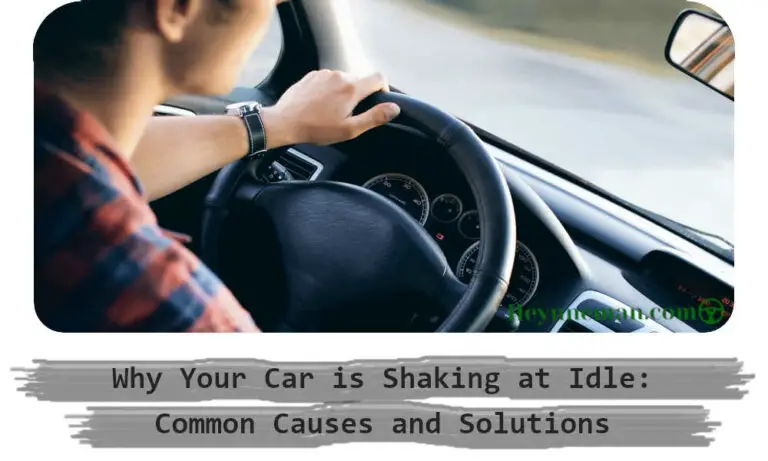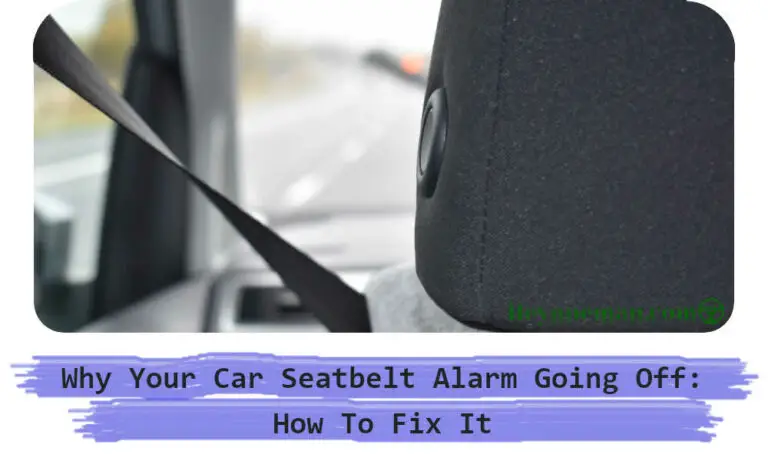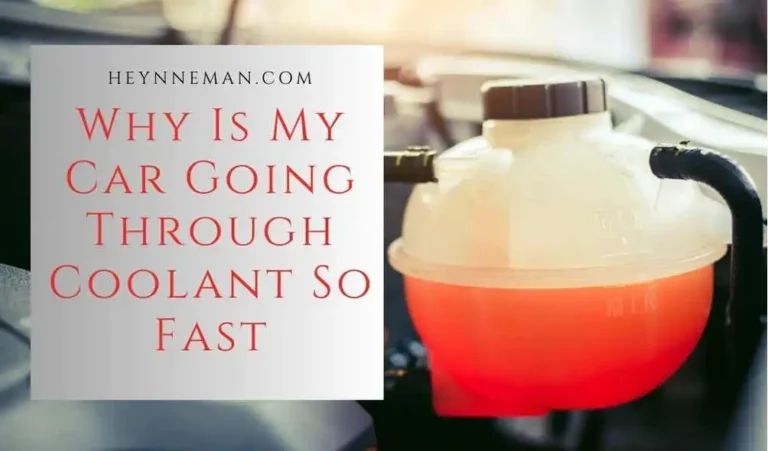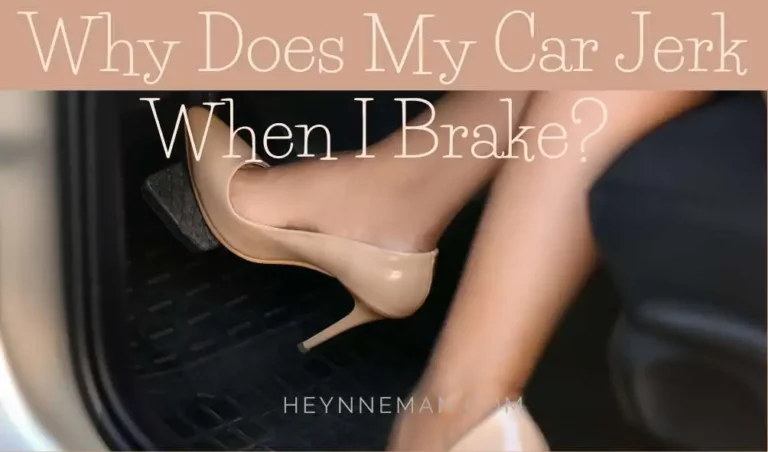Why Is My Brake System Warning Light ON? Learn Common Causes and Solutions
Have you ever experienced the blinking of the brake light on dash while driving? If yes, I can imagine how scary it might be… and decoding the brake system warning light and analyzing the issue may be a tedious task, and if it happens while your vehicle is up, it may increase your heartbeat. But if you have the proper knowledge about dashboard warning lights and what they represent, trust me, you will be much relieved and will think about the next steps. So, whenever you notice that your brake system warning light stays on even after the initial bulb check, never take it lightly, “Prevention is better than facing it.”
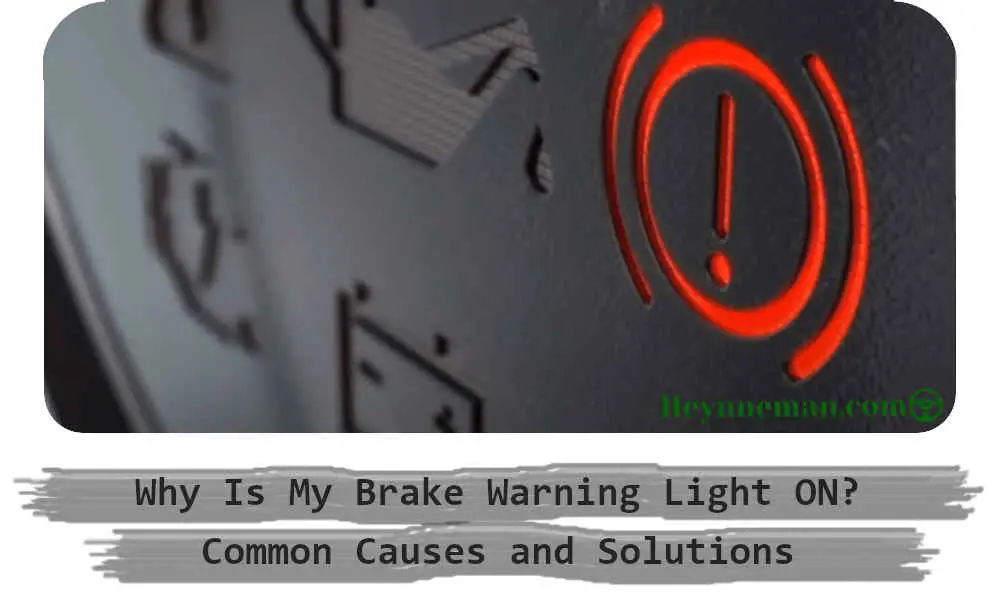
The brake system warning light is always a nightmare for drivers. The brake is a critical component of a vehicle, and driving with a faulty brake system is a deadly mistake. So, if your brake system warning light is on, never take it lightly; seek immediate mechanical assistance. Before that, you should know properly about the message your vehicle is trying to communicate and interpret appropriate information regarding your brake system warning light and how it works.
If your brake light on dashboard is up, what would you do? Don’t worry. Here are some strategies and information you were looking for.
Different Types of Brake System Warning Light Icons
To begin with, a brake light warning light is an indicator placed near your odometer; never confuse it with the tail light or the brake light bulb in the rear end of your vehicle that lights up whenever the driver presses on the brake pedal. Instead, the brake system warning light warns you against the potential brake damage you might encounter.
If the brake system warning light illuminates after the initial bulb check, inspect for brake damage. However, identifying the triggering factor is a bit confusing because when we go deep, we get to know that this brake system warning light icon varies according to the issue you face. Different types of brake warning icons that may show up in your dashboard are as follows:

- Warning light with a Circle: If the warning is just a yellow or red circle, your brake pads are too worn.
- Warning light with an exclamation “!”: If an exclamation mark is in the circle, you run out of brake fluid.
- Warning light with a “P” sign: This indicates that your parking brake is still engaged, and before you start your car, disengage the parking brake.
- ABS warning light: The Anti-lock Brake Warning system may use a different icon with the abbreviation “ABS.” This indicates some troubles with the ABS.
Identifying the icons proves challenging, but with adequate information, problem-solving is more accessible.
What Causes Brake Light on Dash To Stay On
Now, let’s move on to the diagnosis of this dashboard brake light. Here, I will discuss some possible triggers that activate this warning light.
A. Low Brake Fluid
You may wonder what this brake fluid is and whether this is a matter of concern. An answer to this is a “big yes.”
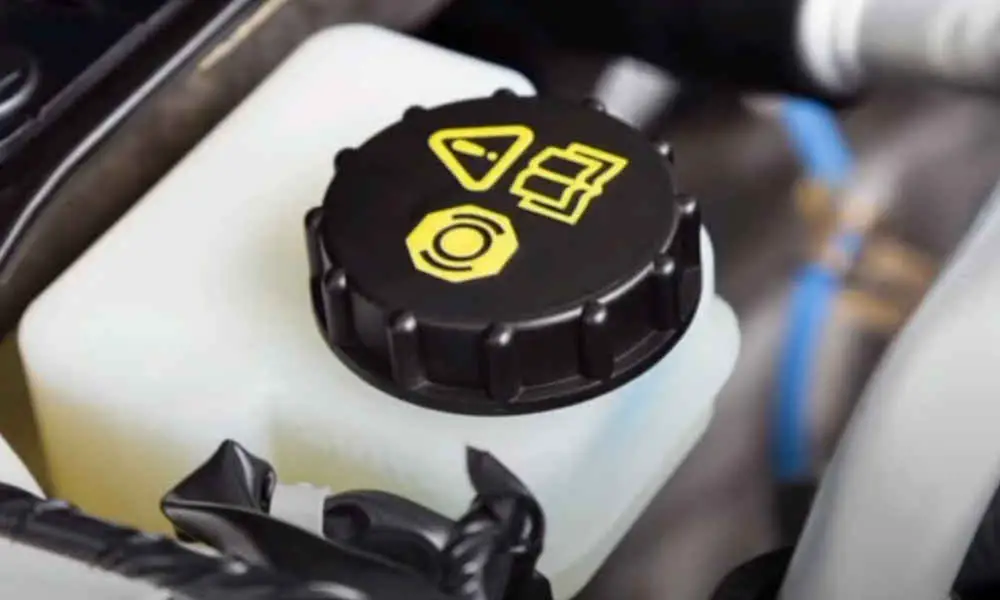
Brake fluid is a type of hydraulic liquid that transfers force into pressure. How it works is an exciting topic. Firstly, the vacuum booster behind the brake pedal enhances the pressure of your foot and activates the master cylinder, which releases the fluid. When this fluid reaches the caliper, brake pads are squeezed against the rotors; the fluid uses this friction and goes onto the brake drums through the brake line. And when force is applied, these fluids will transfer the solid pressure and stop the wheel.
Implication of low brake fluid: Reduces the response
If you are running low on brake fluid, it will decrease the performance of the brake system and increase the response time to break. This may lead to accidents and other severe complications. So, It is essential to check your brake fluids regularly if you feel like your brake pad has become obsolete or if it takes a little longer to stop the vehicle.
B. Worn Brake Pads
Brake pads are small flat blocks with high-friction materials on it’s sides. Mostly, it comes in three different materials: steel, ceramic, or synthetic. The brake pad is a crucial part of a complex brake system that is vital in stopping the vehicle. It operates like when you step onto your brake pedal; the caliper pushes the brake pad against the rotors, and the friction between the brake pad and rotor will help you to stop the wheel.
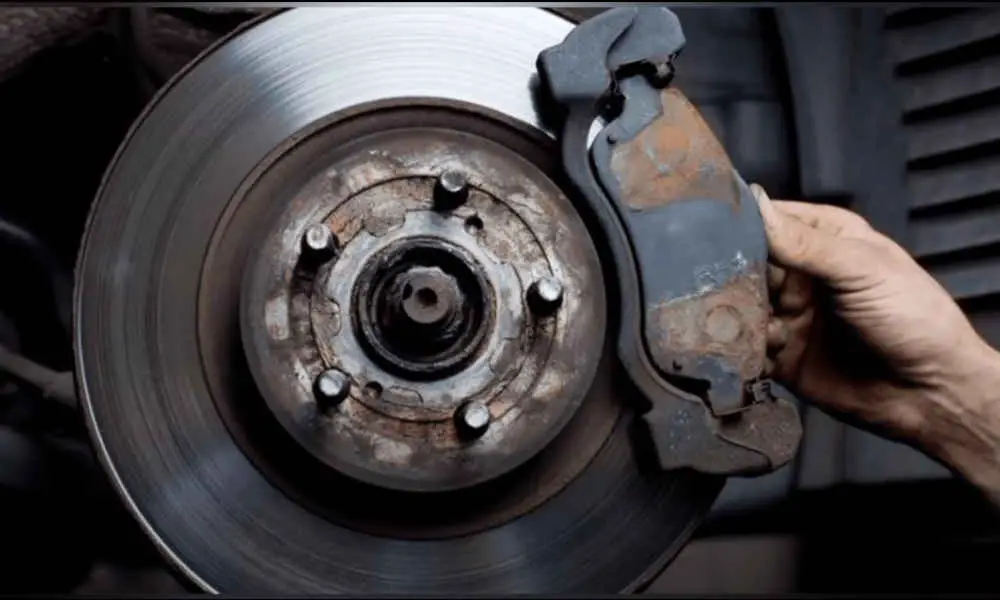
Brake pads are prone to wear due to the reaction with rotors, but don’t worry; your warning light will inform you about the wearing of brake pads at the right time by lighting up so you can quickly solve the problem. As already pointed out, brake systems in all vehicles are complex and interrelated. So, if any of them are not functioning correctly, it may affect the system, and what may be the case if your brake pads are worn? And why is it necessary to inspect and replace brake pads? Here is a rundown of the implications of a worn brake pad:
- Impairs rotors: Worn brake pads can damage rotors. When you break with the worn brake pad, it exposes the metal and leads to metal-to-metal gliding and may damage your rotors; this, in turn, wears your pocket in the long run.
- Increased pressure on tires: When your brake pads are excessively worn, it may take more time to respond, so you have to press harder on your brake pedals to stop the wheel; this exerts additional pressure on tires and may lead to the wearing of tires.
- Reduction in the ability to stop: Wearing brake pads reduces the functioning of the brake system by increasing the response time to halt the car. If you use a worn brake pad, brake performance may not be up to standard.
C. Malfunction of the Brake System
What is ABS?
The lock Braking system is an anti-skid braking method used in the vehicle as a safety addition. As the name implies, ABS prevents the locking of wheels while braking; this gives you control over your car and helps you from skidding.

Possible issues with the ABS also cause the warning light, and the most common problems are:
- Non- functional ABS module: If you have a faulty ABS module, it prevents the system from receiving information from tire sensors, which may prompt the warning light. Another thing is that the ABS system shares a lot of things similar to that of the Traction Control System.
- If the TCS senses a problem with your tire rotation, it will cut off the connection with the engine until the problem is solved. But the confusing part is that because of shared Modules and diagnostic systems, a problem with TCS can also lead to the lighting of a warning light. So verify what exactly triggers the warning light before making a move.
- An issue with the hydraulic pump: ABS manages the speed through the hydraulic brake system, and if there is an issue with the hydraulic pump, ABS may be unable to fulfill its task. This may stipulate the warning light.
- Blown fuse: Like every electronic device, ABS also has its fuse, and there are chances of blowing, too. If it happens, this may activate the warning light.
D. Parking Brake Light
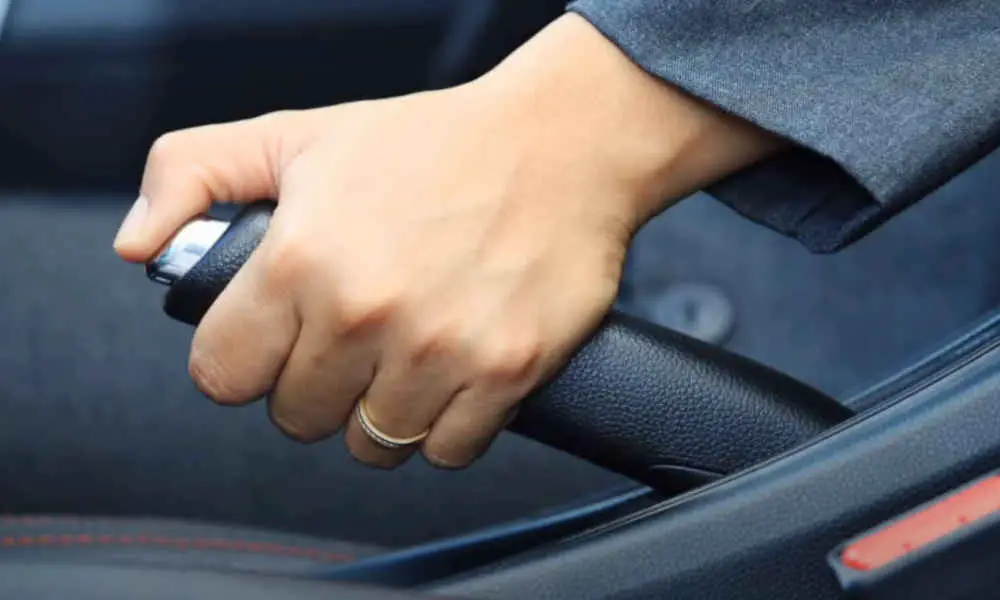
Another essential reason behind the warning light may be the engagement of the parking brake or other issues with the p king brake, such as the wearing of the parking brake mechanism or the improper functioning of sensors.
Why Your Tire Pressure Light is Blinking:
heynneman
A Complete TPMS Guide
How To Fix Brake Light on Dashboard
We have discussed the possible triggers behind the brake light on dash, and now it’s time to describe how to fix them.
Checking the Brake Fluid
Checking your brake fluid is an easy task, and you can do it by yourself by following the steps given below:
- Firstly, open the hood and locate your master cylinder on the driver-side firewall.
- If the master cylinder is transparent, ensure your brake fluid level is between “min” and “max “marks. If the marks are not precise, the reservoir cap must be removed.
- If so, remove the cover, Verify the correct level of brake fluid, and re-install the cover.
- If the brake fluid is empty or very low, go for a mandatory safety check to determine the leakage.
- In case your fluid is under the expected marks and there are no stains or dirt, then it is time to refill.
- You fill it up to a level just below your maximum mark. If you overfill, it may spill out and can cause damage.
Replacing the Worn Brake Pad
A properly functioning brake pad is essential for every brake system. If your warning lights pop up, it may be because your brake pad has become thin. If you hear a screeching sound while braking, that also indicates a worn brake pad.
How do you find out the wearing of your brake pad? Just by examining, you can identify the wearing of your brake pad. The steps for that are given below:
- As the first step, make sure your brakes are cool before attempting to inspect.
- Accumulated dust is a sign of healthy brake pads; if your wheel rotor appears to be clean, then it means your brake pads are worn.
- Without removing the wheel, you can inspect the brake pad through the wheel holes; with a flashlight, you can examine your brake pad. In some brake pads, you can see a wear indicator slot. If this is gone or barely visible, then it means you have to replace your brake pads immediately.
In some cases, you have to remove the tire to get a good look at your brake pad; for this.
- Place your jack under the vehicle frame of the tire you want to remove. Raise your vehicle about 6 inches off the ground, lose the lug nuts, and remove the tire.
- Once it is done, you can quickly examine your brake pads and replace them if they are worn.
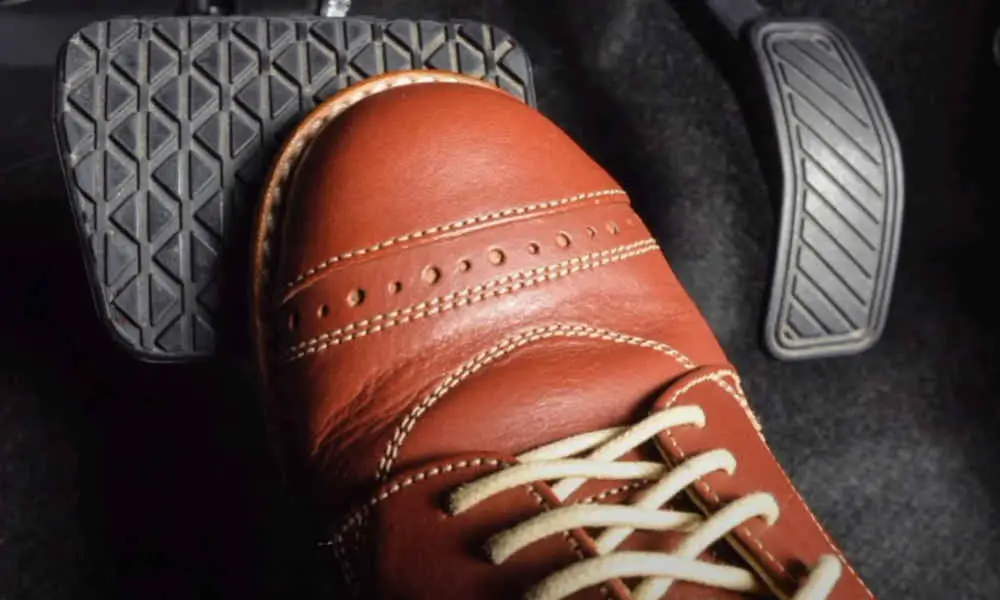
Replacing your vehicle brake pad can be done by yourself; refer to these steps before you attempt to replace it:
- Lift the car with the help of a jack, balance them with Jack stands, and remove the tires.
- Then, unscrew the caliper bolts and safely hang the caliper using a wire.
- Remove the brake pad with the help of the piston compressor.
- Then, remove the rotor and clean the mounting surface.
- Install the brake hardware and lubricate the slider contacts. Now, put the new brake pads correctly.
- At last, install the caliper and compress the caliper piston to its correct position. Do not over-tight the caliper bolts.
- Put the wheel on and press the brake pedal slowly until it gets firm.
- Finally, go for a test drive.
Brake sensor
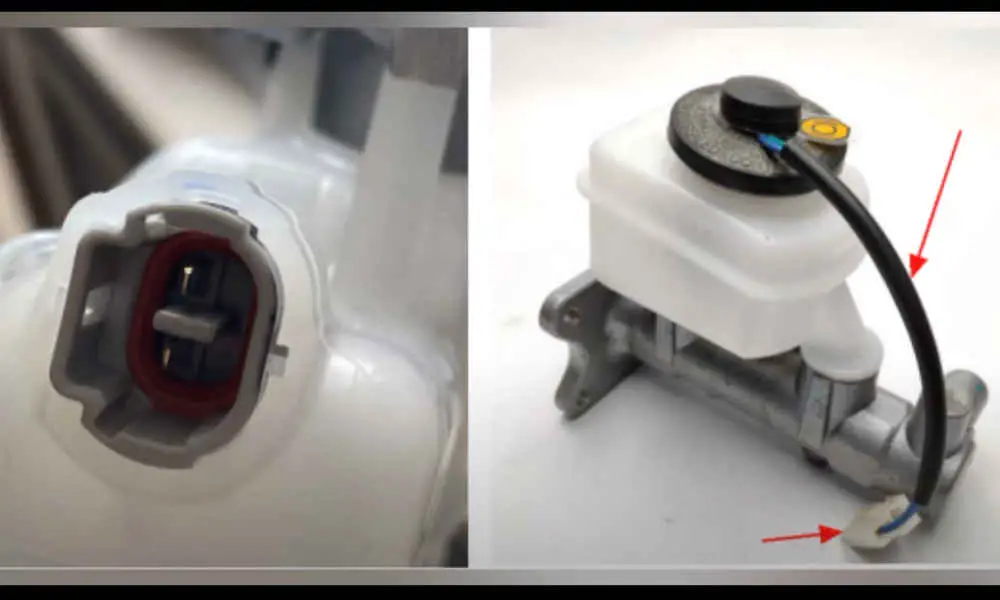
Electronic Brake sensors are essential safety features that inform you about the wearing of brake pads. The wear sensor triggers the dashboard warning light when the sensor element comes in contact with the brake rotors. Sometimes, these sensors may get a complaint and send faulty signals, and then they need to be replaced.
Preventive Measures and Maintenance
Prevention is far better than solving an issue, especially in the case of a brake system. Don’t wait till you encounter a problem. Brakes are one of the key components of your vehicle; regular monitoring and proper maintenance of the brake system can enhance the proper functioning of the brake system. I highly recommend you inspect your brake system regularly to catch and fix issues at an early stage, which can prevent severe complications.
Regular maintenance can ensure your safety as well as your money in the long run. Brakes are an essential aspect of vehicle safety, so brake maintenance is not a thing you can ignore or avoid. Moreover, regular maintenance can ensure increased performance of your brake system. As I already said brake system is very complex. If any one component is impaired, it may affect the functioning of the whole system.
This performance check includes the brake fluid check, maintenance and replacement of brake pad if required, lubrication of caliper, dust cleaning, etc. Here is a rundown of tips to maintain a healthy brake system:
- Regular inspection of brake pads and rotors: this will help you to identify the wearing of brake pads and rotors and help you to improve the performance of the brake system.
- Get a brake fluid flush: If you flush your brake fluid, this will draw out the dirty brake fluid and replace it with clean brake fluid.
- Bled your brake Lines: Bleeding of brake lines is helpful to remove the trapped air in brake lines and improves the brake system’s performance.
- Brake system care: Some external factors can damage your brake system, such as carrying too much weight and heavy braking. It is essential to properly take care of these external factors to function your brake system properly.
How to Reset Tire Pressure Light – TPMS [Explained]
heynneman
Conclusion
If you have a quick rundown through this article, it will give you a clear idea about how crucial the brake system warning light is. If your brake lights on dashboard keep sending you messages, never take it lightly because it is a matter of safety. Early catching and fixing up of issues can prevent unpleasant outcomes.
If you ignore those warnings soon after, it will take its toll on you. Brake performance is not only about your safety but also essential as part of responsible behavior. If your brake fails in between your driving, you are risking your life as well as the people around you. So, maintain your brake system properly so you can drive worry-free. Make preventative checks part of your routine and be responsible.


